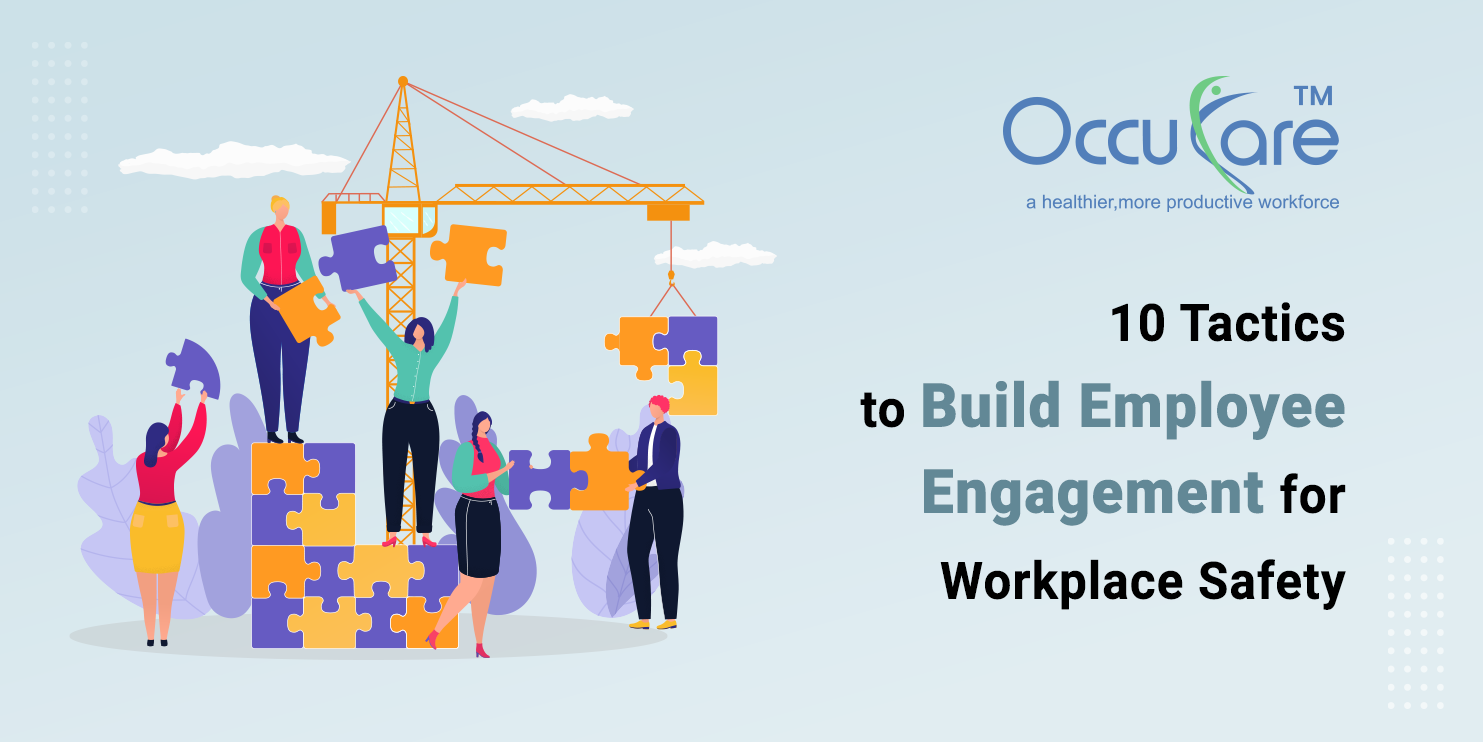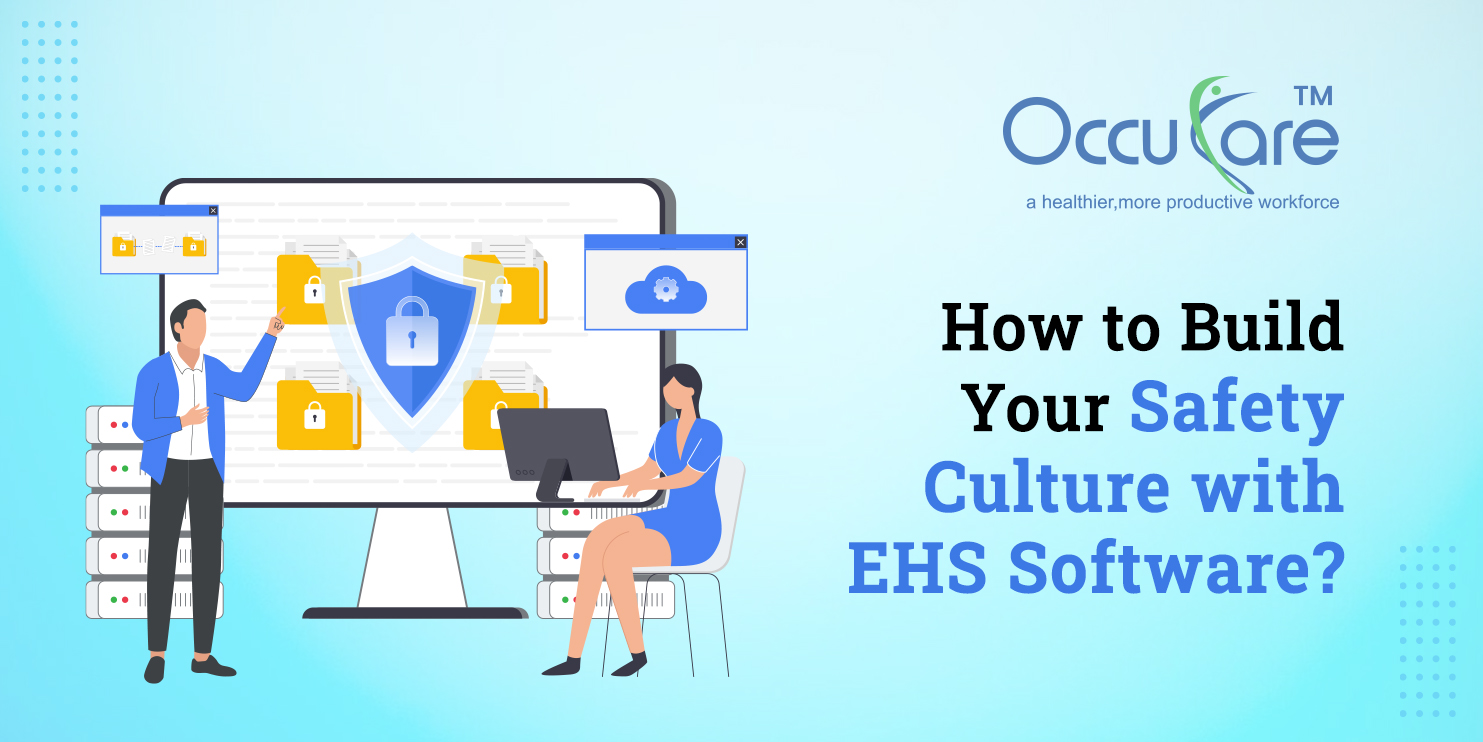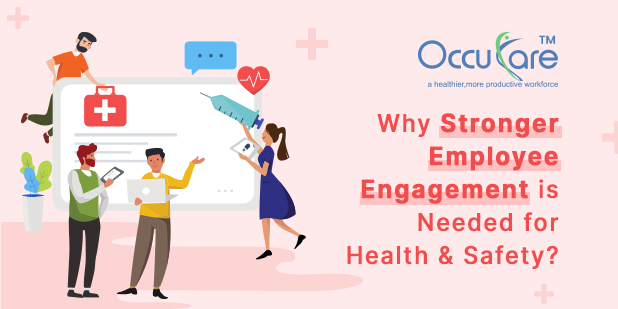Monitoring the security of staff members is not only a legal necessity but also an ethical duty for each decent company in today’s workplace. However, obtaining the highest level of occupational safety involves more than just following rules and guidelines. Every single member of the group must actively participate in it. In addition, makes workers more conscious of safety precautions, but they also have a higher propensity to voluntarily follow them. We’ll look at ten practical strategies in this blog to increase worker participation for security at work. Because it creates an environment where each feels personally accountable for their security as well as the safety of their coworkers, employee engagement is essential for workplace safety.
However, increasing worker participation in safety Software has its own set of difficulties. Successful employee engagement can be hampered by a variety of factors, including apathy, lack of management support, resource constraints, reluctance to shift, and difficulty communicating. Effective management commitment, skillful methods for interacting, and an aggressive strategy to integrate staff in safety processes for making choices are necessary to overcome these obstacles.
Companies need to demonstrate leadership dedication to safety, actively engage staff members in safety campaigns, provide thorough instruction and determine straightforward routes for interaction, and acknowledge and motivate staff members for their help with safety to address these issues and improve their involvement in safety at work. To establish and sustain staff involvement in workplace safety Software, it is also crucial to implement feedback systems for reporting security issues, promote a culture that encourages constant enhancement, allocate sufficient funds to support safety efforts, conduct frequent evaluations and audits, and offer chances to engage in ongoing training and development.
1. Good Interaction:
The foundation of any comprehensive security strategy is successful interaction. It is essential to communicate security rules, processes and demands to all staff members clearly and concisely. Make use of a variety of venues, including messages, newsletters, posters, security conferences, and digital platforms, to guarantee that security-related data is distributed consistently and broadly.
2. Staff Development and Instruction:
Providing workers with the abilities and knowledge they need to keep their jobs safe is essential. Organize frequent security classes that address subjects including design, rescue procedures, danger recognition, and appropriate equipment use. To accommodate different styles of learning or choices, provide a variety of learning possibilities, including seminars, distance learning classes, and practical training.
3. Set a Good Example:
The development of a company’s safety environment is greatly influenced by the engagement of its upper management. By actively encouraging a safety-first mentality and following procedures themselves, managers can show that they genuinely care about safety. Urge leaders to attend workshops, take part in safety-related events, and make safety a priority in all of their everyday actions and choices.
4. Promote Monitoring and Communication:
Create an environment where staff members are empowered to disclose risks, accidents, and safety issues lacking worrying about facing consequences. Establish anonymous methods for reporting to promote honest and direct interaction. Ask staff members for feedback regularly using idea containers, surveys, or safety committees, and then act upon their requests and fears.
5. Acknowledgement and Praising Individuals:
Motivation and engagement among workers can be greatly increased by acknowledging and rewarding individuals for their services to workplace safety Software. Establish an official award system to honour people and groups who exhibit excellent security procedures. Incentives might be in the form of currency, gift cards, public recognition, certificates, or more time off. You may promote a healthy safety culture and emphasize the value of security by thanking them for what they do.
6. Employee Responsibility and Participation:
Give workers a voice in safety-related decision-making by including them in the process. Form task groups or committees on safety with members drawn from different divisions or teams. Promote proactive involvement in threat evaluations, checks, and safety audits. Giving workers the freedom to participate in safety programs fosters a sense of accountability and ownership, which increases participation and dedication to security objectives.
7. Frequent Safety Checks:
Finding and removing possible risks in the work environment requires regular checks for safety. Give staff members the authority to recognize risks, report flaws, and make improvement suggestions to motivate them to take an active role in inspection. Make systematic assessments of the workplace’s machinery, tools, desktops, storage rooms, and escape routes by using assessment questionnaires and inspections.
8. Provide Enough Tools:
Ascertain that staff members have access to the supplies and tools they need to properly emphasize safety. This covers the provision of response to emergency kits, architectural gear, which is safety advertisements, protective gear for individuals (PPE), and instructional resources. To avoid mishaps and guarantee a secure workplace, make periodic repairs and investments in physical assets.
9. Encourage Public Conversation:
Create an environment where staff members feel free to voice worries regarding security and offer suggestions for change. To stimulate conversations on protection-related matters, promote frequent huddles, workshops, or safety conferences.
10. Continuous Development:
Instead of being seen as an unchanging collection of rules or processes, safety should be understood as an ongoing process of constant enhancement. To find areas for improvement, periodically examine and assess safety procedures, practices, and performance measures. Ask staff members for their opinions on possible safety enhancements, then act on their recommendations. Take up a way of life….
Conclusion:
In the end, creating a culture that promotes security calls for coordinated work at all levels of the organization. Employers may foster an atmosphere wherein participation by staff in secure work environments is not only encouraged but deeply embedded in the business culture by putting these ten all-inclusive methods into practice.Keep in mind that spending money on safety is a financial investment in the well-being and output of your greatest and most precious resource: the people who work for you….




